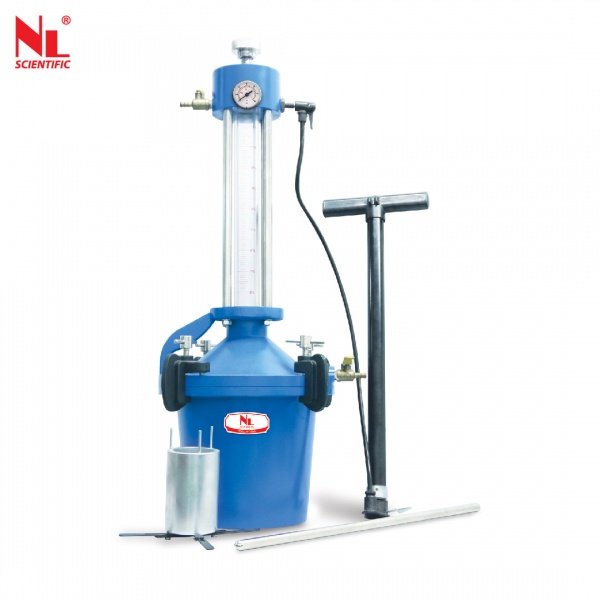Additional information
| Air Entrainment | Air Entrainment Meter Apparatus (Water Column Type) NL 4023 X / 001, Air Entrainment Meter for Concrete (8 Litres) NL 4023 X / 002 & 003, Air Entrainment Meter for Concrete (7 Litres) NL 4023 X / 004, Air Entrainment Meter 7 Litres (E-Version) NL 4023 X / 005 |
|---|




